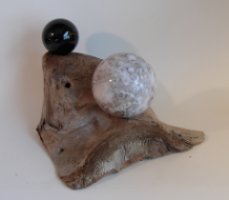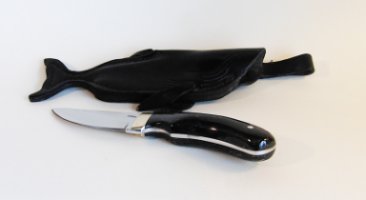Transform 2005
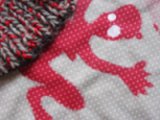
|
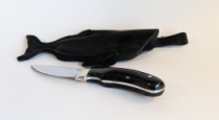
|
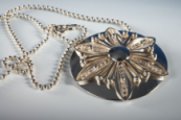
|






Greenland
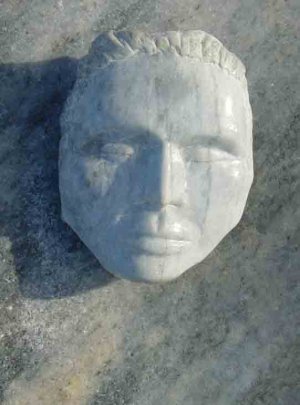
Handicraft in Greenland
The ornamentation in the old Greenlandic dress, the tattoos on the old Greenlandic masks and the symbols on the men's fishing tackles were all present in the daily necessary and thoroughly planned rites and doings in the traditional hunting communities. It was in the craft itself that the embellishment made sense; the belief that the spirit in the decoration had a purpose, just as the thing as a piece of decorative art was a result of an occupational purpose. The art of significance was in the decoration itself.
From the past's oral delivery to the present material cultural heritage, these symbols of nature and man's gifts have formed the base for the future artistic expressions in design. Stories told and re-told orally were eventually turned into images on objects, on ulo-handles, knives, skin bags, boxes and much more.
Like an inaudible and yet clear echo, the almost symbiotic dependence between material, craftsman preparations and the decoration is apparent. Only via the correct choice of materials, only via the correct craftsman preparations and, not least, only via the artistic decoration, the fishing tackles obtained the strength and power, which constituted the difference between life and death.
The symbols of the belief of an inherent power existing in everything are not only present on the fishing tackles and other traditional articles for everyday use from the past and present. The mask and the tupilak are obvious examples of this. Not all of it can be termed articles for everyday use; however, due to the spirituality fostered in the shaping and decoration of these, the passed life is filled with life. Subsequently, by virtue of their existence they may also serve as protectors, talismen or messengers from beyond; hence, in Greenlandic reality, articles for everyday use exist on a different higher level.
In parallel to the artistic exploration, a linguistic development is present, in which terms like domestic crafts, handicrafts and lastly also art are created in the consciousness of the hunting community. What is explicable will be explained, and what is inexplicable will be reflected in the language. The hand's work with the material was termed "sanalunneq", which stressed the aspect of time in this duty - more or less corresponding to the Danish term domestic craft. The more artistic preparation of the material was termed "kusanartuliorneq", which stressed the aesthetics of the process. Art being almost impossible to define was simply termed as "to make strange things" ("eqqumiitsuliorneq").
You might say that the travel through myths, the story of life and of the changed landscape, in which the creation of the human hand takes place, is the eternal centre of rotation. The now is a different reality than the reality only 30-50 years ago. Today, you are very conscious of the differences in the diversity. A population of only about 56,000 people are proud to have educated artists, but it is even more fantastic, that a development is taking place with respect to handicraft and design, and that we are able to renew ourselves. The necessity of beauty has been passed on and thus transformed in a modern interpretation, which is and always will be a joint idiom.
Thue Christiansen and Jessie Kleemann
Participants: |
|
| Miki Jacobsen | Masks |
| Dorthe Ingemann | Musk Wool |
| Aka H¢egh | Bone sculptures |
| Gert Otto Hansen | Carving |
| Kaj Kristiansen | Carving |
| Peter Kristiansen | Knives |
| Peter Lindberg | Jewelry |
| Else M¢ller | Clothes design |
| E. Nuka Lyberth | Sculptures |
| Paulus Rosing | Carving |
| Thue Christiansen | Sculptures |
| Oline Binzes | Sculptures |
